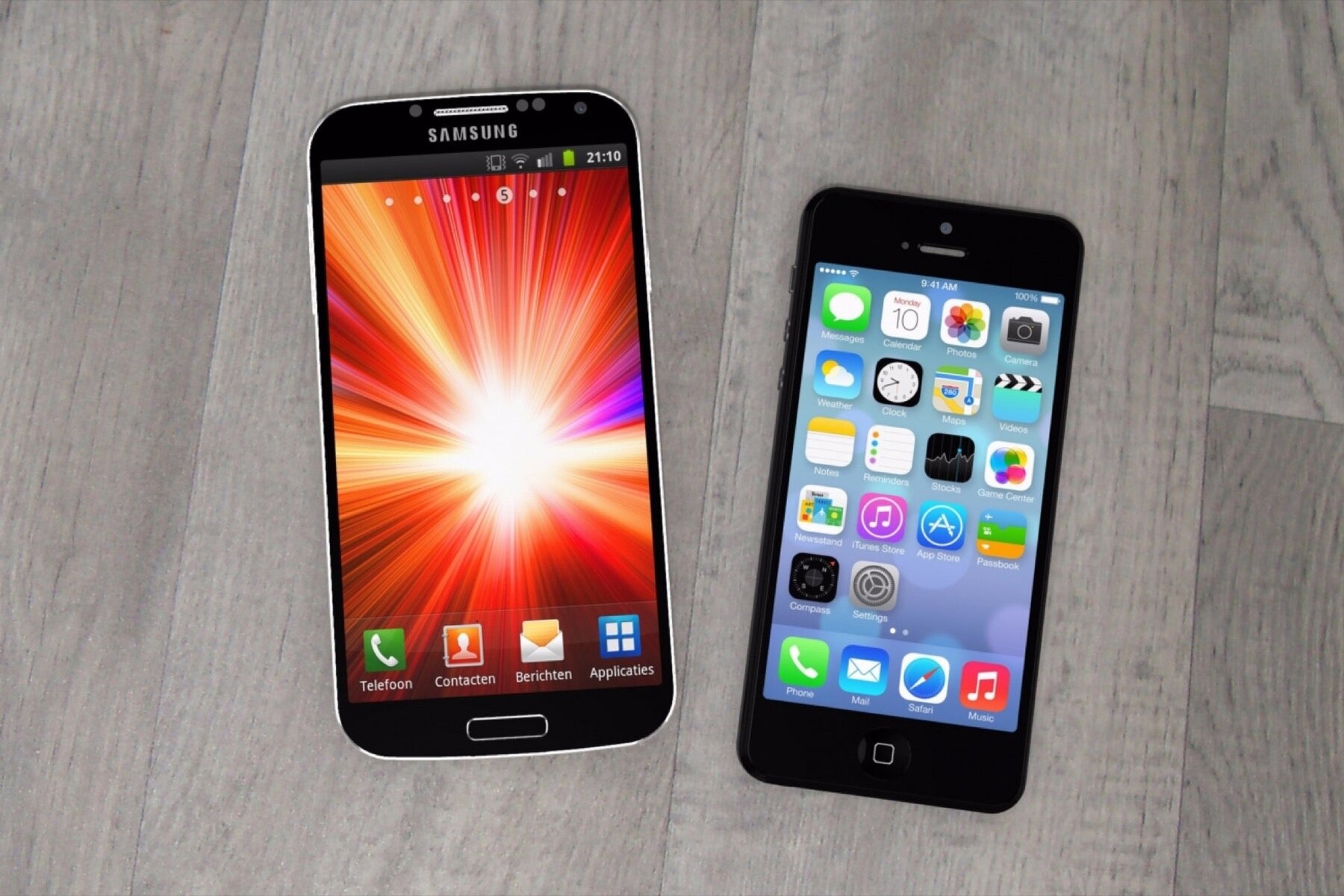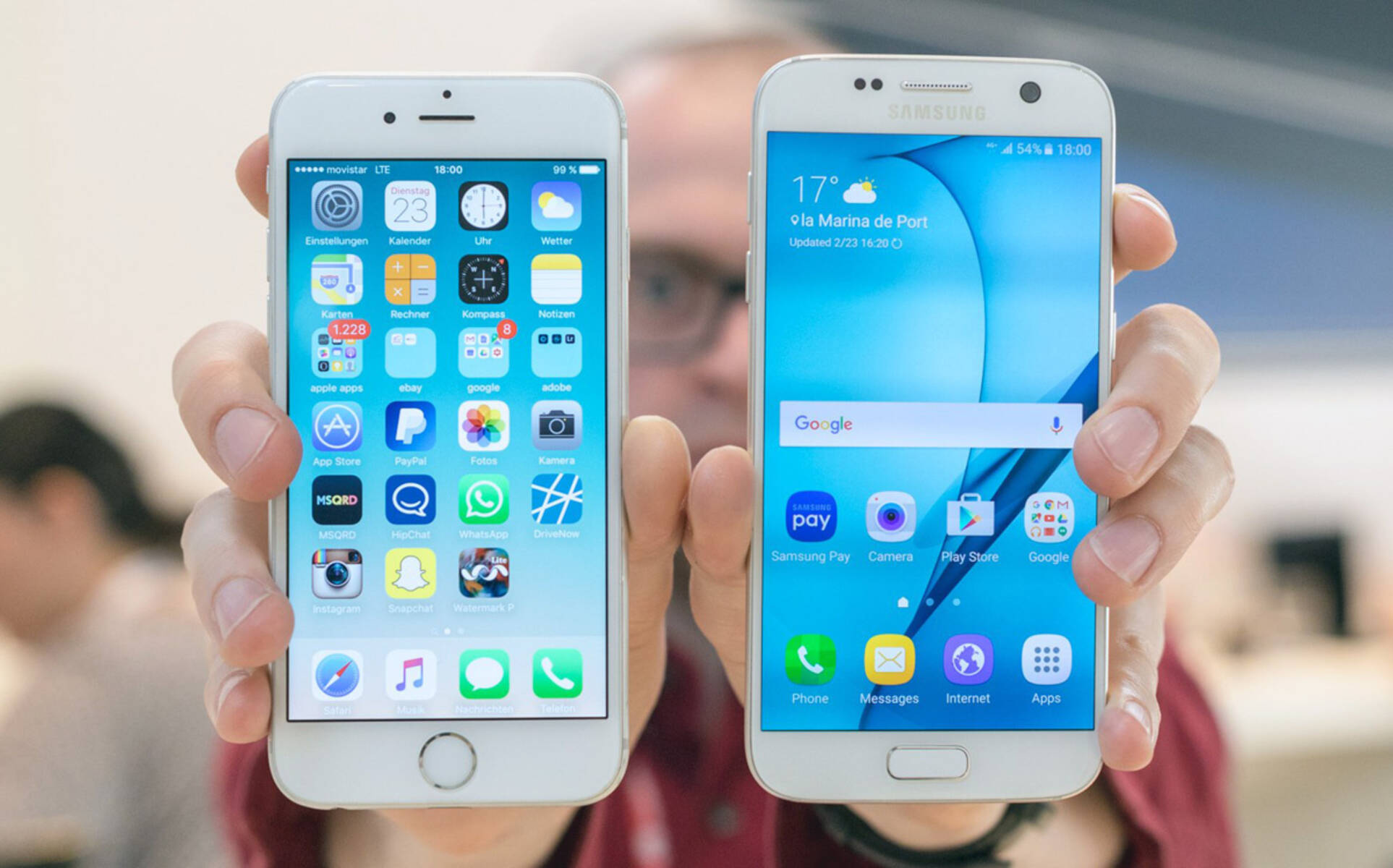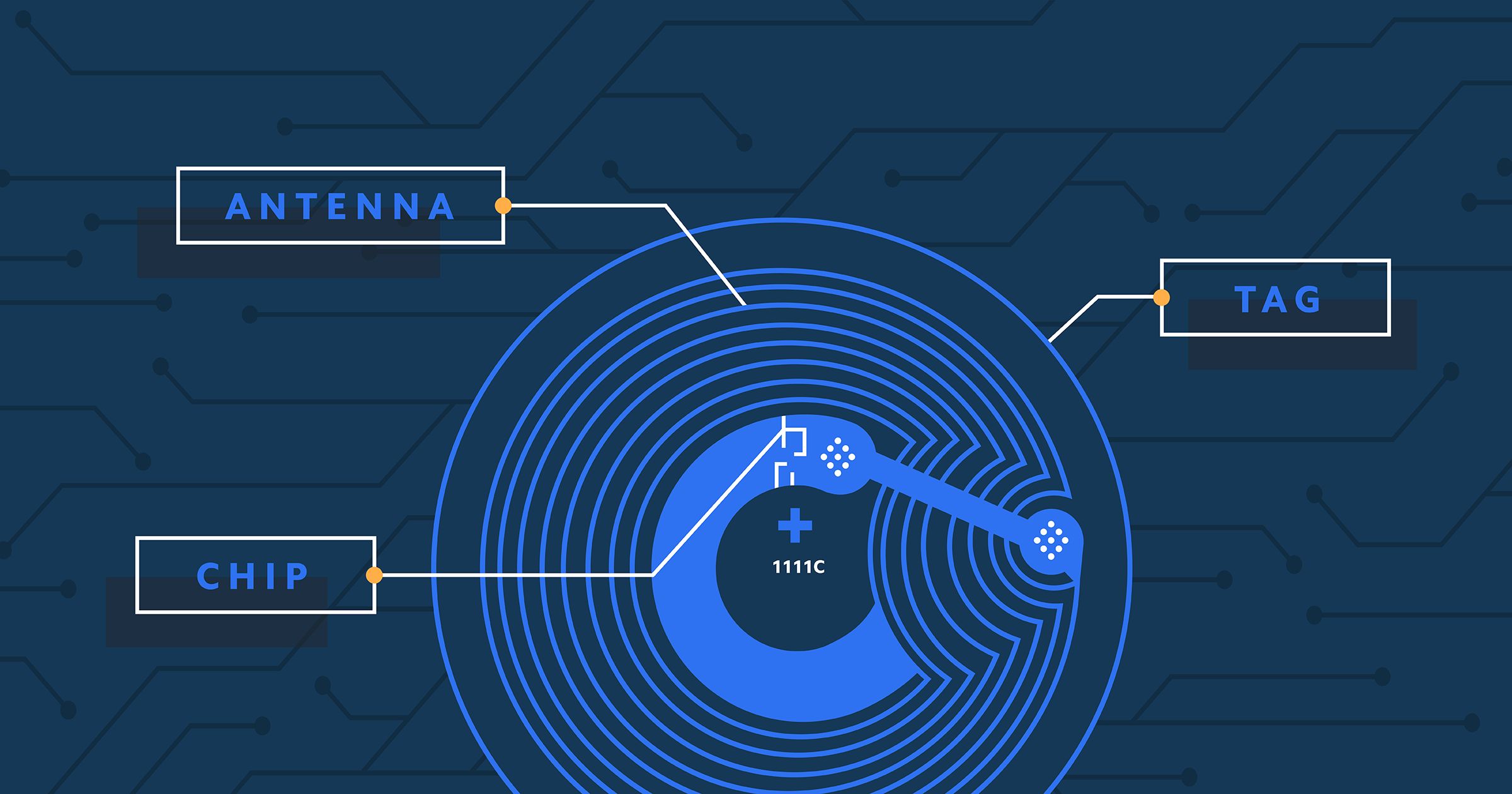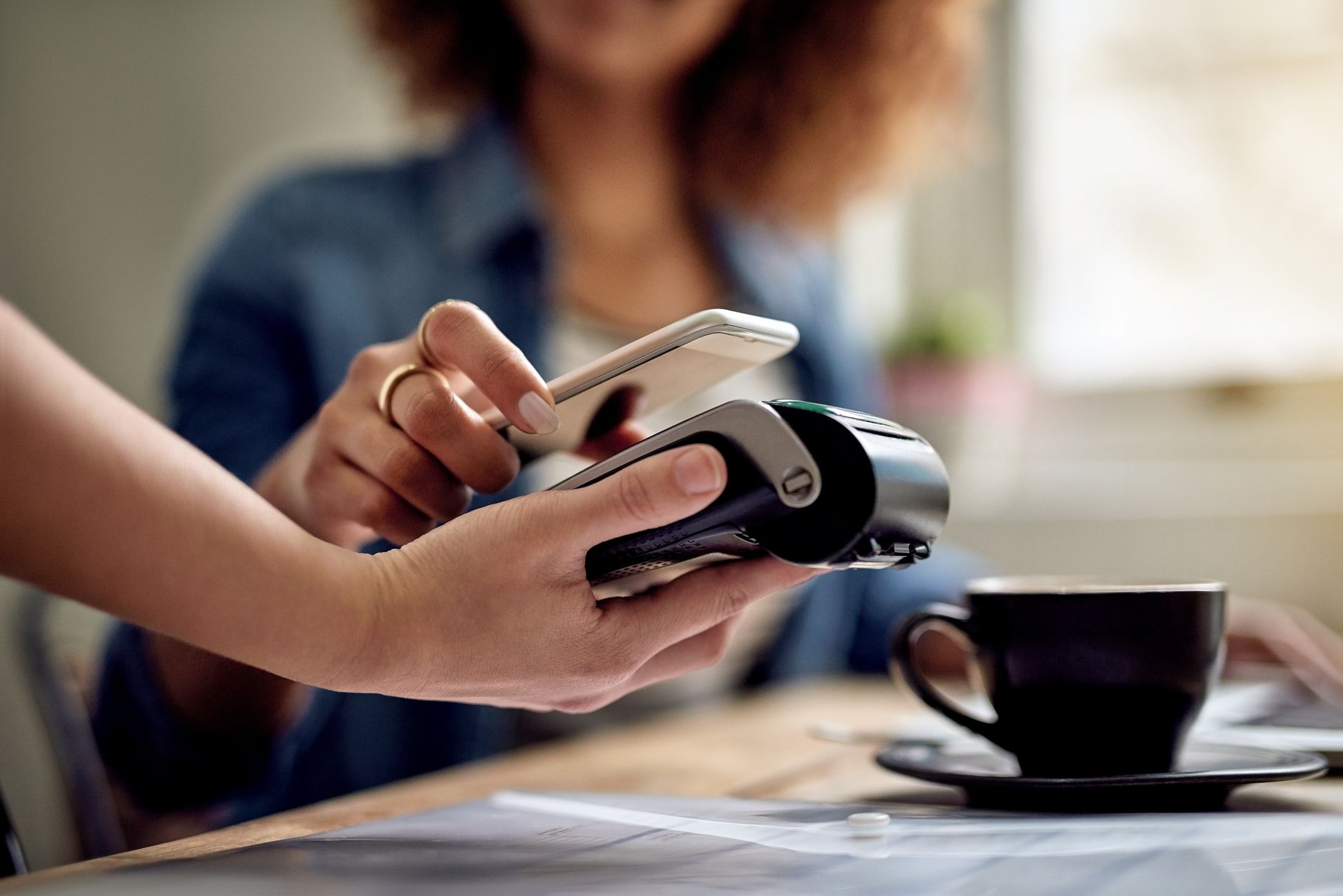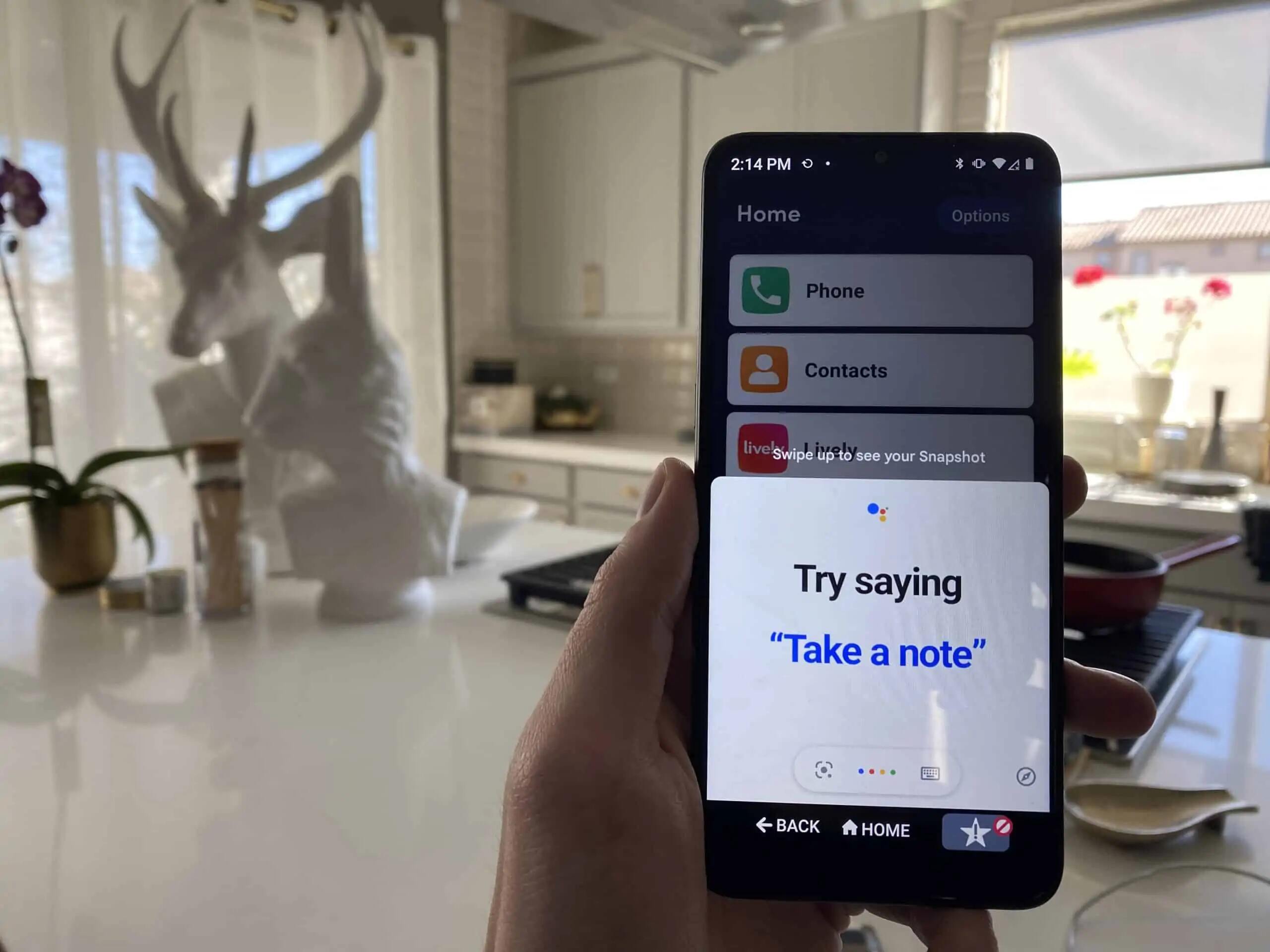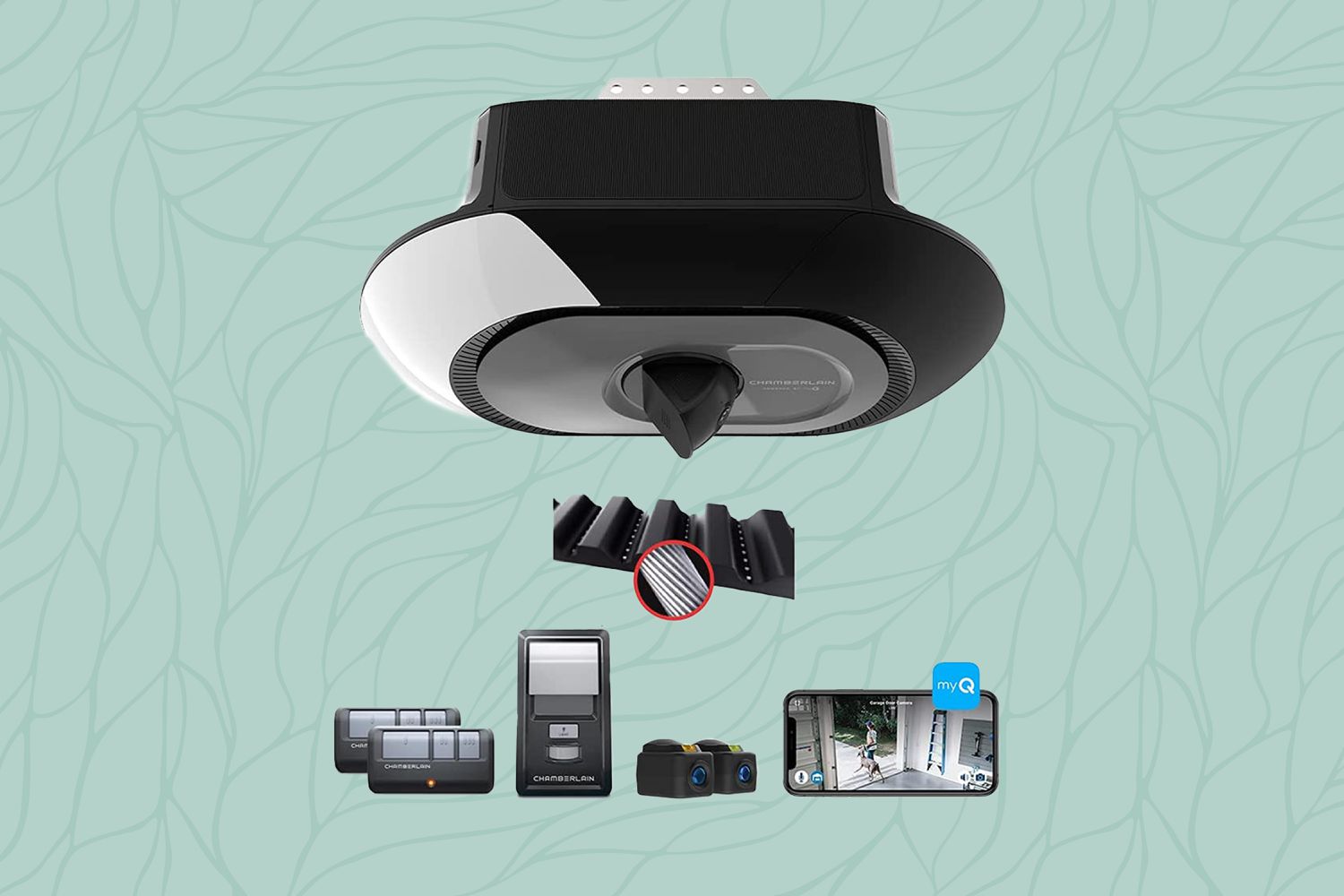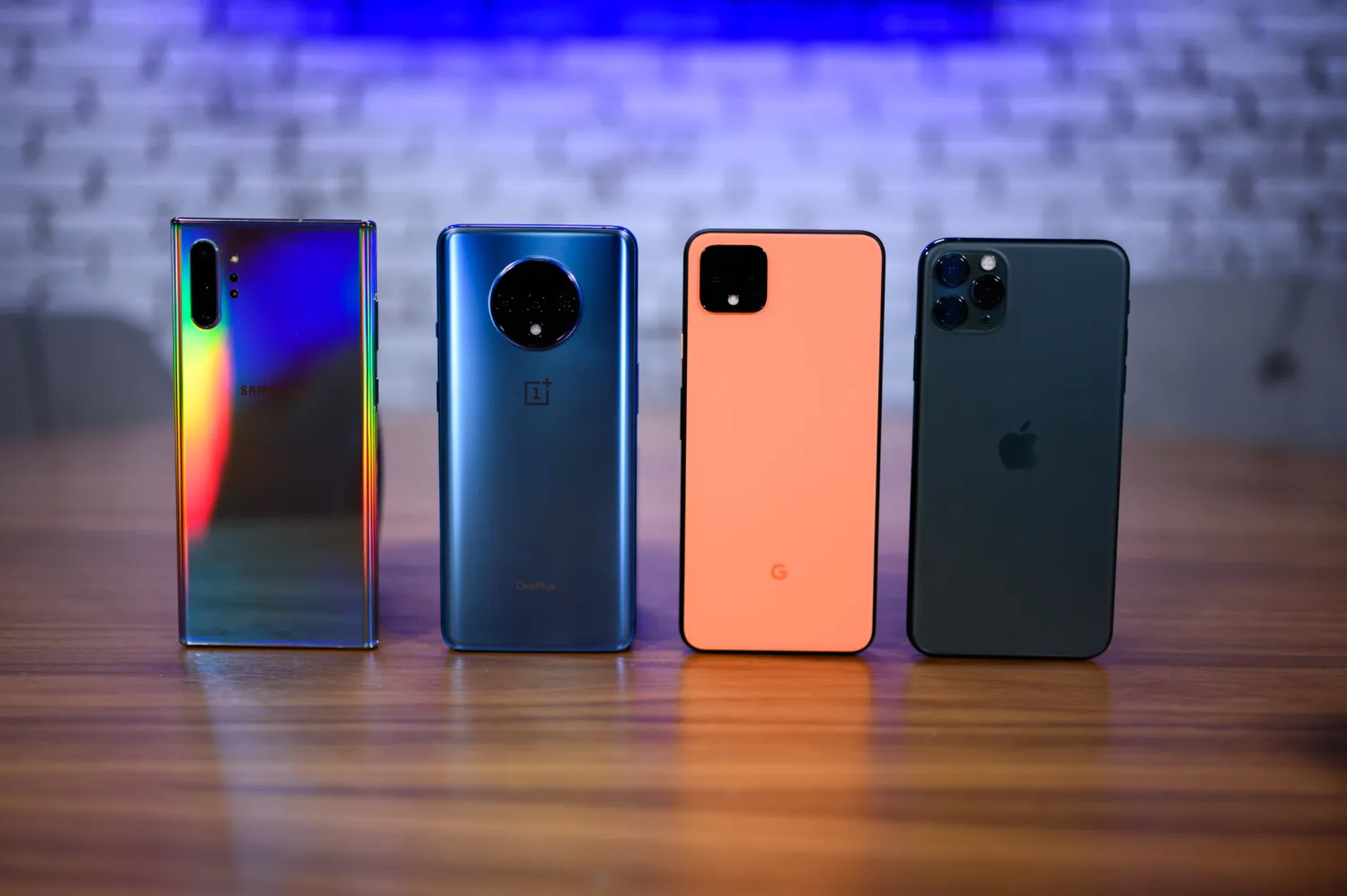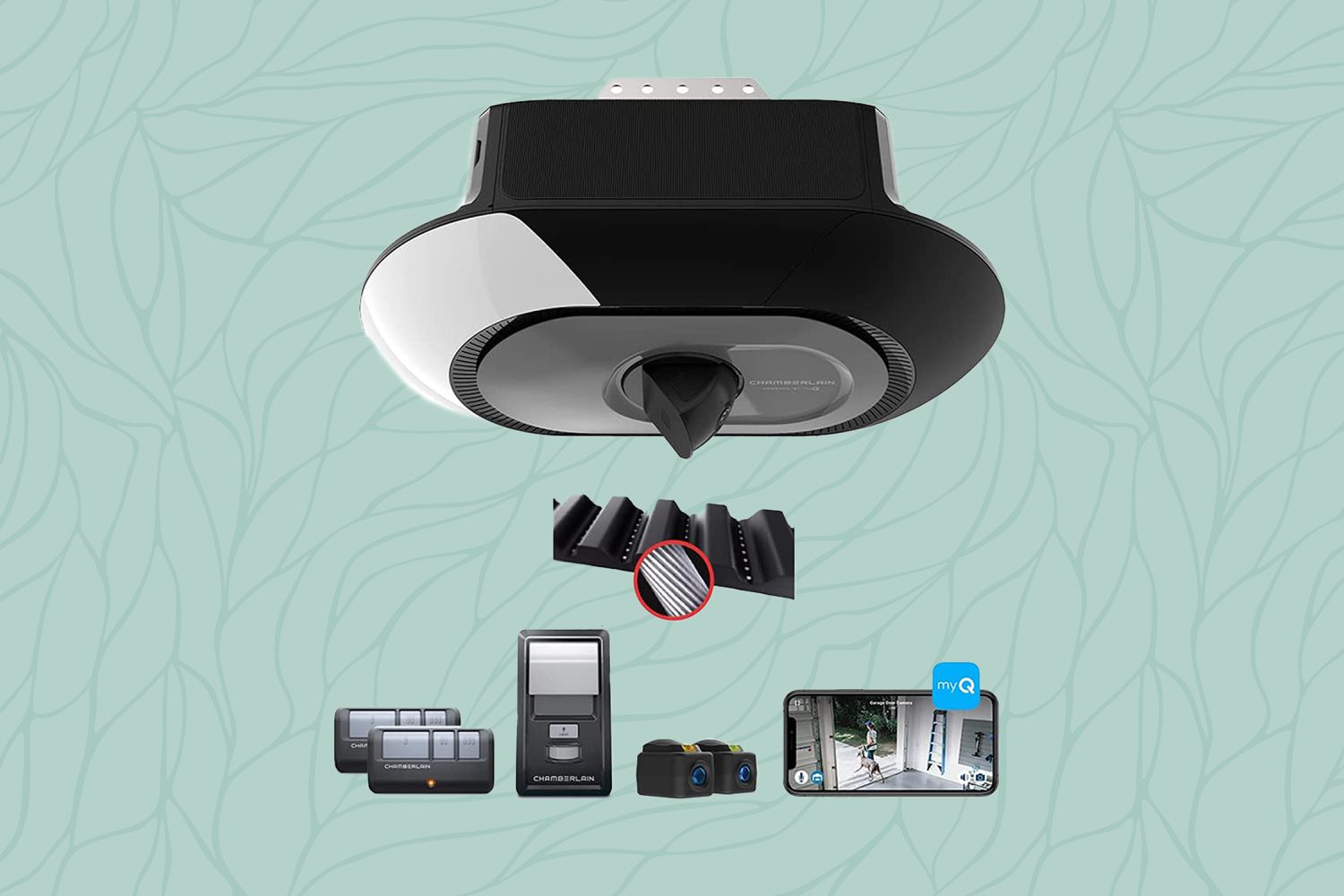Introduction
The world of smartphones has become an integral part of our daily lives. These handheld devices offer us an array of features and functionalities, allowing us to stay connected, access information, and perform various tasks on the go. Behind the sleek exterior and user-friendly interface of a smartphone lies an essential component known as the operating system (OS). The OS acts as the backbone of the device, managing hardware and software resources to ensure a smooth and seamless user experience.
In the ever-expanding smartphone market, there are several operating systems to choose from. Each operating system has its unique strengths, weaknesses, and features, catering to different user preferences and needs. Understanding the different smartphone operating systems is essential for making an informed decision when purchasing a new device.
In this article, we will explore the most popular smartphone operating systems, namely Android, iOS, Windows Phone, and BlackBerry OS. We will delve into their key features, user experience, and market share. Additionally, we will touch upon other operating systems that have carved a niche for themselves in the industry.
By comparing the popular smartphone operating systems, we aim to provide a comprehensive overview that will help you decide which system aligns with your requirements and preferences. Keep in mind that the “best” operating system depends on various factors, such as your intended usage, app availability, device compatibility, and personal preferences.
So, let’s dive into the world of smartphone operating systems and discover the nuances and strengths of each one. Whether you’re a tech enthusiast or a casual smartphone user looking to upgrade, this article will serve as your guide to understanding and selecting the most suitable operating system for your needs.
Understanding Smartphone Operating Systems
Before we dive into comparing the popular smartphone operating systems, it’s crucial to understand what an operating system actually is and its role in the functionality of a smartphone. At its core, an operating system is a software that manages and controls the hardware and software resources of a device. It provides a user-friendly interface through which users can interact with the device and its applications.
Smartphone operating systems are designed specifically for mobile devices, offering features and functionalities that cater to the unique needs of smartphone users. These operating systems utilize touchscreens, mobile apps, and integrated services to enhance usability and productivity.
A smartphone operating system determines the user interface, app ecosystem, security measures, and customization options available on a particular device. It influences how users navigate through menus, access settings, personalize their device, and interact with applications.
Most modern smartphones have a graphical user interface (GUI) that allows users to operate their devices using intuitive touch gestures, such as swiping, tapping, and pinching. The operating system ensures that these gestures are translated into actions and commands that the device can understand and execute.
Furthermore, smartphone operating systems enable the installation and management of applications. Each operating system has its own app store, where users can download and install a wide range of applications to enhance their device’s functionality and entertainment value.
To provide compatibility and seamless integration with various hardware components, smartphone operating systems utilize drivers, protocols, and APIs (Application Programming Interfaces). These components ensure that the device’s hardware, such as the camera, GPS, and sensors, can communicate effectively with the operating system and the applications running on it.
Overall, understanding smartphone operating systems is essential for choosing the right device that aligns with your preferences and requirements. Consider factors such as user interface experience, app availability, security features, and customization options when evaluating different operating systems. By delving into the specifics of each operating system, we can gain a better understanding of their unique features and functionalities. Let’s now explore the four most popular smartphone operating systems in detail: Android, iOS, Windows Phone, and BlackBerry OS.
Android
Android, developed by Google, is the most widely used smartphone operating system globally. It is known for its flexibility, customization options, and extensive app ecosystem. Android offers a user-friendly interface that is highly customizable, allowing users to personalize their device according to their preferences.
One of the key strengths of Android is its open-source nature. This means that device manufacturers have the freedom to modify and customize the Android OS to suit their hardware and user interface requirements. This has led to a wide variety of Android devices with different designs and features, offering users a multitude of options to choose from.
Android boasts an impressive app store known as the Google Play Store. With millions of applications available for download, users can find apps for almost every need and interest. Developers worldwide contribute to the Android app ecosystem, resulting in a vast array of apps and games catering to various categories, including productivity, social media, entertainment, and more.
Another notable feature of Android is its integration with Google services. As an Android user, you have seamless access to popular Google services like Gmail, Google Maps, Google Drive, and Google Photos. Furthermore, Google Assistant, a virtual assistant, is deeply integrated into the Android system, allowing users to perform voice commands and get instant answers to queries.
Android also excels in its device compatibility, offering support for a wide range of smartphones and tablets from different manufacturers. This ensures that regardless of your budget or preferences, you can find an Android device that meets your needs.
In terms of updates, Android releases regular OS updates that bring new features, security patches, and performance improvements. However, the update process is dependent on device manufacturers and often delayed, leading to some fragmentation in terms of the Android versions running on different devices.
Overall, Android is a powerful and versatile operating system that offers a high degree of customization and an extensive app ecosystem. Its compatibility with different devices and integration with Google services make it a popular choice for many smartphone users. Whether you are a tech-savvy user or a casual smartphone enthusiast, Android provides a user-friendly and feature-rich experience that can be tailored to fit your preferences.
iOS
iOS, developed by Apple, is known for its sleek and user-friendly interface, seamless integration with Apple devices, and strong emphasis on privacy and security. It is exclusively available on Apple devices such as the iPhone, iPad, and iPod Touch.
One of the defining features of iOS is its intuitive and visually appealing user interface. The operating system offers a consistent and polished experience across Apple devices, with smooth animations and a minimalist design. Navigation is done through a combination of touch gestures and a home button, providing a seamless and intuitive user experience.
The App Store, curated by Apple, is home to a vast collection of high-quality applications. iOS users have access to a wide range of apps, from productivity tools and social media platforms to games and entertainment apps. The App Store is known for its strict quality control, ensuring that users can trust the apps they download and use.
One of the key advantages of iOS is its strong focus on privacy and security. Apple adheres to strict guidelines and practices to protect user data and ensure the security of its devices. Features like Touch ID and Face ID provide a secure and convenient way to unlock the device and authorize app installations and purchases.
iOS devices are known for their seamless integration with other Apple products and services. Apple’s ecosystem allows users to synchronize their devices effortlessly, share content across platforms, and access features like iCloud for secure storage and device backup. The integration between iOS and macOS also enables a seamless experience when switching between your iPhone and Mac.
When it comes to software updates, Apple is known for providing timely and consistent updates for its devices. iOS updates bring new features, bug fixes, and security enhancements, ensuring that users have access to the latest advancements and improvements in the operating system.
Overall, iOS offers a premium and cohesive user experience with its elegant design, secure environment, and seamless integration with other Apple devices and services. While its closed ecosystem limits device options to Apple products, those who value user-friendly interfaces, strong privacy features, and a curated app experience will find iOS to be a compelling choice.
Windows Phone
Windows Phone, developed by Microsoft, was once a contender in the smartphone operating system market. With its unique and visually appealing interface, Windows Phone offered a fresh take on user interaction and integration with other Microsoft services.
One of the standout features of Windows Phone was the Live Tiles interface. Instead of traditional app icons, Live Tiles displayed real-time information and updates directly on the home screen. This dynamic and customizable interface allowed users to get a glimpse of important information without opening the respective apps.
Windows Phone also boasted seamless integration with Microsoft services such as Office, Outlook, and OneDrive. This made it a great choice for individuals who heavily relied on Microsoft’s productivity suite and wanted a unified experience across their devices.
Despite its unique interface and integration with Microsoft services, Windows Phone struggled to compete with its competitors in terms of app availability. The Windows Phone app store offered a limited selection of applications compared to Android and iOS, which hindered its mainstream appeal. Many popular apps and games were either missing or had inferior versions on the Windows Phone platform.
Microsoft made efforts to bridge the app gap by introducing Universal Windows Platform (UWP), a development framework that allowed developers to create apps that could run across various Windows 10 devices, including Windows Phones. However, the adoption of UWP by developers was limited, further limiting the availability of apps on the platform.
Additionally, Microsoft announced in 2017 that it would no longer develop new features or hardware for Windows Phone, shifting its focus towards other areas. As a result, the future of Windows Phone as a competitor in the smartphone market became uncertain.
It is important to note that existing Windows Phone devices continue to receive support in terms of security updates and bug fixes, ensuring the continued functionality and security of the devices for existing users. However, the lack of new features and app ecosystem development makes Windows Phone a less attractive option for those seeking a wide range of applications and a thriving ecosystem.
In summary, Windows Phone offered a unique and visually appealing interface, along with seamless integration with Microsoft services. However, the limited app availability and the shift in Microsoft’s focus away from the platform have resulted in its diminished prominence in the smartphone market. While existing Windows Phone users can still enjoy a functional device, the lack of app support and future development make it less viable for those seeking a vibrant and growing app ecosystem.
BlackBerry OS
BlackBerry OS, developed by BlackBerry Ltd., was once a dominant player in the smartphone market, known for its focus on productivity, security, and the iconic physical QWERTY keyboard. The operating system offered a unique user experience centered around efficient communication and enterprise-grade security.
One of the key features of BlackBerry OS was its robust messaging capabilities. The operating system featured BlackBerry Messenger (BBM), a secure and instant messaging platform that allowed users to communicate seamlessly with other BlackBerry users. BBM offered features like read receipts, file sharing, and group chats, making it a popular choice among business professionals and individuals seeking secure and reliable communication.
BlackBerry OS was also renowned for its strong emphasis on security. Devices running BlackBerry OS came with robust security features, including encryption, secure boot, and device management options. This made BlackBerry devices a preferred choice in regulated industries, where data security was of utmost importance.
In addition to messaging and security features, BlackBerry OS offered productivity tools such as BlackBerry Hub, which consolidated all messages, emails, and notifications into one unified inbox. This streamlined approach to communication made it easier for users to manage their correspondence efficiently.
However, BlackBerry OS faced challenges when competing with Android and iOS in terms of app availability. While the BlackBerry World app store offered a decent selection of applications, it lagged behind the vast libraries of apps found on Android’s Google Play Store and iOS’s App Store. This limited app ecosystem made it challenging for BlackBerry OS to attract and retain users.
Furthermore, BlackBerry later transitioned to the Android operating system for its devices, effectively discontinuing the development of new BlackBerry OS devices. While existing BlackBerry OS devices may still be in use and receive security updates, the focus has shifted to BlackBerry’s Android-powered smartphones.
In summary, BlackBerry OS was known for its strong messaging capabilities, focus on security, and productivity tools. While it faced challenges in terms of app availability, the operating system provided a reliable and secure experience for users. However, with the shift towards Android-based devices, BlackBerry OS is no longer actively developed, and its prominence in the smartphone market has diminished.
Other Operating Systems
In addition to the four popular smartphone operating systems we have discussed, there are also a few other operating systems that have made their mark in the smartphone market, albeit on a smaller scale. These operating systems have their own unique features and target specific niche audiences.
One such operating system is KaiOS, designed for feature phones and providing a simplified smartphone-like experience. KaiOS offers essential apps like messaging, email, social media, and even basic smartphone functionalities like internet browsing and app store access. It caters to users who want a smartphone-like experience without the complexity and high cost of a full-fledged smartphone.
Another notable operating system is Tizen, developed by Samsung in collaboration with Intel and the Linux Foundation. Tizen is primarily used on Samsung’s smartwatches and some of their smart TVs. It offers a simple and intuitive user interface, along with a decent selection of apps specific to wearable devices and smart TVs.
Ubuntu Touch, an operating system based on the Linux distribution Ubuntu, aimed to provide a converged experience across smartphones, tablets, and PCs. It offered a unique combination of a desktop-like interface and touch-optimized features. However, development has been discontinued, and the system is no longer actively maintained.
Sailfish OS, developed by Finnish company Jolla, is another alternative operating system that offers a gesture-based user interface, strong privacy features, and compatibility with Android applications. Although Sailfish OS has a small market presence, it has garnered a passionate user base who appreciate its unique approach to smartphone functionality.
While these other operating systems may not have achieved the level of popularity or market share of Android or iOS, they offer niche options for specific user preferences or particular device categories. These operating systems contribute to the diversity within the smartphone ecosystem, providing choices for users who are looking for alternative experiences beyond the mainstream options available.
It’s vital to note that the availability, compatibility, and support for these other operating systems may vary, and it is important to research and consider specific device and software requirements before choosing a smartphone with these alternatives.
Comparison of Popular Smartphone Operating Systems
When choosing a smartphone operating system, it is essential to consider the key features and differences between the popular options on the market. Android, iOS, Windows Phone (discontinued), and BlackBerry OS (transitioned to Android) each have their own strengths and weaknesses. Let’s compare these operating systems based on some important factors:
- User Interface: Android offers a high degree of customization, while iOS provides a sleek and intuitive interface. Windows Phone featured Live Tiles for a dynamic experience, and BlackBerry OS prioritized productivity with its unique interface.
- App Ecosystem: Android has the largest app selection, followed by iOS. Windows Phone had a limited app availability, while BlackBerry OS struggled to keep up with the app offerings of its competitors.
- Device Compatibility: Android offers a wide range of smartphones from various manufacturers, making it highly accessible. iOS is exclusive to Apple devices. Windows Phone and BlackBerry OS were limited to their respective devices before the transition to Android.
- Security: iOS is renowned for its strong emphasis on privacy and security. BlackBerry OS was also known for its enterprise-grade security features. Android offers security measures but can be more susceptible to malware due to its open-source nature.
- Integration with Services: Android integrates well with Google services, iOS with Apple services, and Windows Phone (discontinued) with Microsoft services. BlackBerry OS (transitioned to Android) also provided integration with BlackBerry services.
- Updates: iOS provides regular updates for its devices, ensuring users have access to the latest features and security enhancements. Android updates depend on device manufacturers, leading to some fragmentation. Updates for Windows Phone and BlackBerry OS have been discontinued.
Choosing the right operating system depends on your personal preferences, usage requirements, and the ecosystem you are already invested in. Android’s flexibility, extensive app selection, and wide device compatibility make it a popular choice for many. iOS appeals to those who prefer a seamless and secure user experience within the Apple ecosystem. Windows Phone and BlackBerry OS (transitioned to Android) offered unique features but have seen limited development and support in recent years.
It’s important to consider factors such as user interface, app availability, security, integration with services, and device compatibility when comparing smartphone operating systems. Researching and evaluating your needs will help determine the optimal operating system that aligns with your preferences and requirements.
Factors to Consider When Choosing a Smartphone Operating System
When selecting a smartphone operating system, it’s important to consider several factors that can greatly impact your overall user experience. The choice of an operating system should align with your personal preferences, usage habits, and specific needs. Here are some key factors to consider when making your decision:
- User Interface: Evaluate the interface of each operating system and determine which one aligns with your preferences. Consider the layout, design, customization options, and ease of use.
- App Ecosystem: Take into account the availability and variety of applications offered by each operating system. Consider the specific apps you need or frequently use to ensure they are readily available.
- Device Compatibility: Check the compatibility of the operating system with the devices you own or plan to own. Consider whether you want the flexibility to choose from a variety of devices or prefer the exclusive ecosystem of a specific brand.
- Privacy and Security: Security is crucial in today’s digital landscape. Research the security features and measures implemented by each operating system to ensure your personal information is protected.
- Integration with Services: Consider the seamless integration of the operating system with the services and platforms you use regularly. Assess the availability and functionality of services such as email, cloud storage, and productivity tools.
- Updates and Support: Evaluate the track record of each operating system in terms of updates and ongoing support. Regular updates ensure access to new features, performance improvements, and security patches.
- Customizability: Consider the level of customization offered by each operating system. Some users prefer a highly customizable experience, while others prefer a more streamlined and consistent interface.
- Community and Support: Research the user community and support available for each operating system. An active community can provide valuable resources, troubleshooting assistance, and app recommendations.
By considering these factors, you can determine the operating system that fulfills your specific requirements and suits your preferences. It’s important to note that there is no one-size-fits-all answer and the “best” operating system largely depends on your individual needs and preferences.
Take the time to research, try out different operating systems in-store or through friends, and weigh the benefits and drawbacks of each option. By doing so, you can make an informed decision and choose the operating system that enhances your overall smartphone experience.
Conclusion
Choosing a smartphone operating system is a significant decision that will impact your daily usage, app selection, and user experience. Android, iOS, Windows Phone (discontinued), and BlackBerry OS (transitioned to Android) are the most popular operating systems in the market, each offering its unique strengths and weaknesses.
Android stands out for its customization options, extensive app ecosystem, and device compatibility. iOS provides a seamless and secure user experience within the Apple ecosystem and is known for its user-friendly interface. Windows Phone and BlackBerry OS (transitioned to Android) offered unique features but have since seen limited development.
When deciding on an operating system, consider factors such as user interface, app availability, device compatibility, security, integration with services, updates and support, customizability, and community support. Prioritize the features and functionalities that align with your needs and preferences.
Remember that the “best” operating system is subjective and depends on your individual requirements and the ecosystem you are already immersed in. Take the time to research, try out different operating systems, and weigh the pros and cons of each option before making a decision.
Ultimately, choosing the right smartphone operating system will enhance your overall user experience, productivity, and enjoyment. Select the operating system that offers the features, app selection, and user interface that complement your lifestyle and priorities. Whether you opt for the customizable Android, the seamless iOS, or any other option, the decision should be based on what works best for you.







